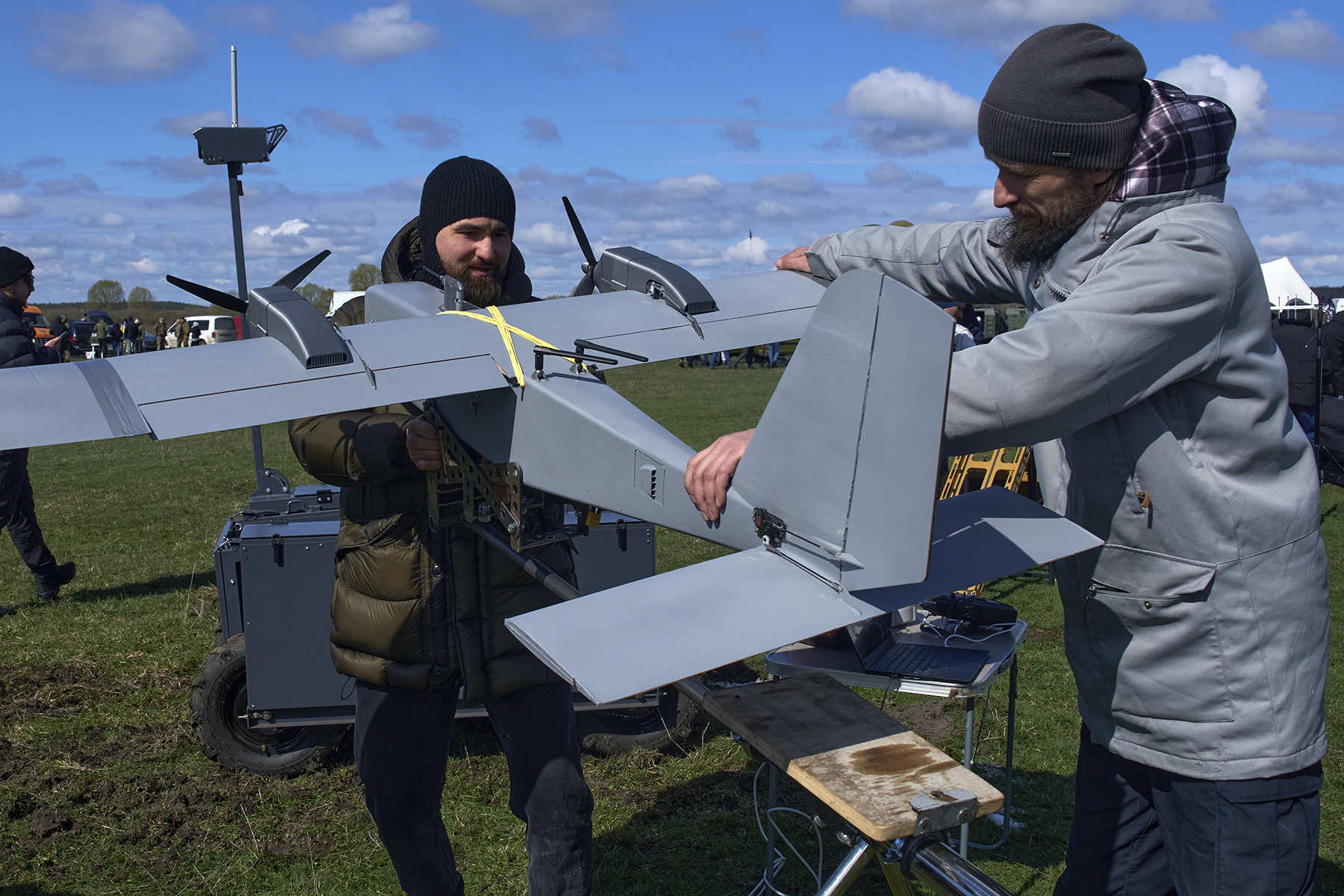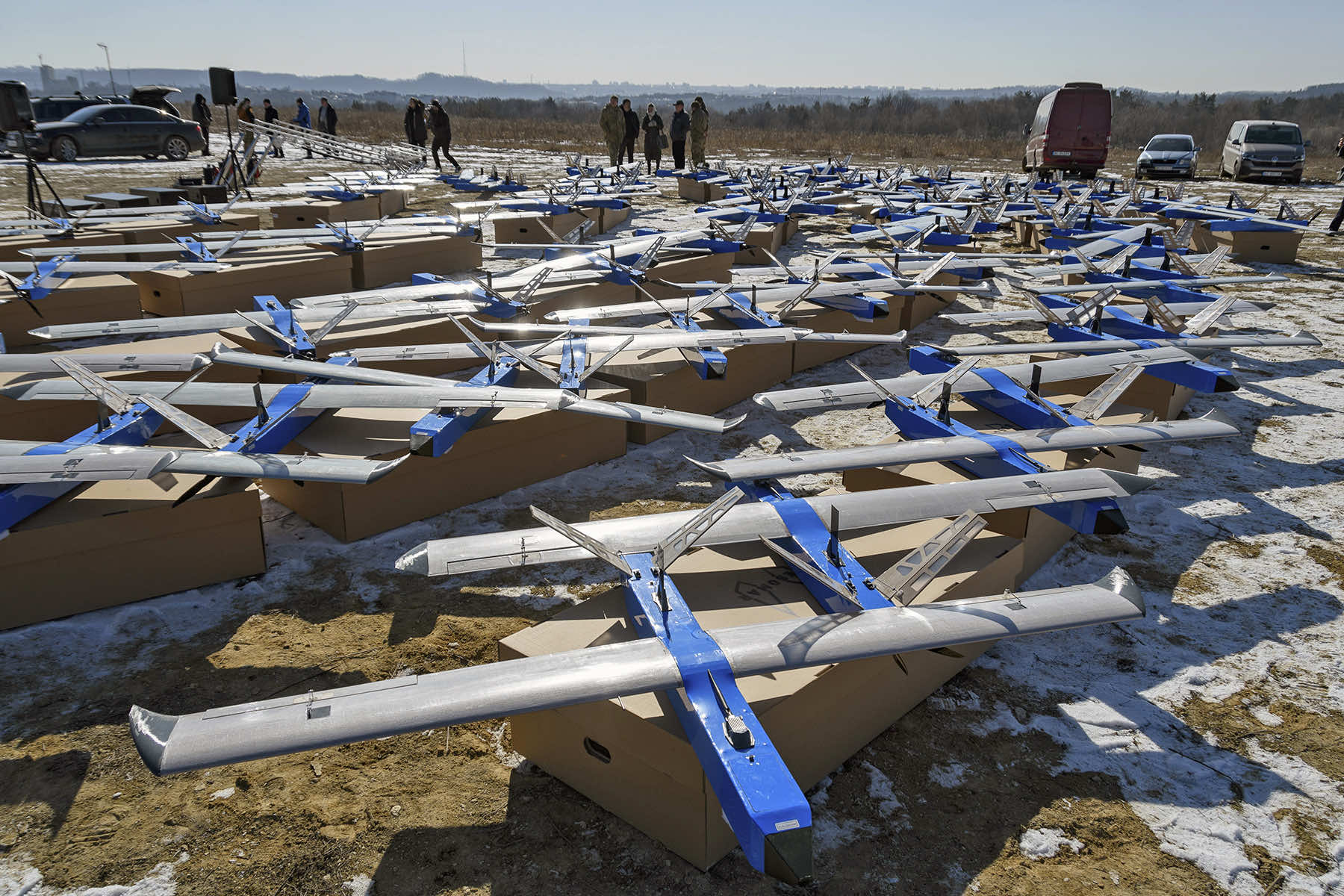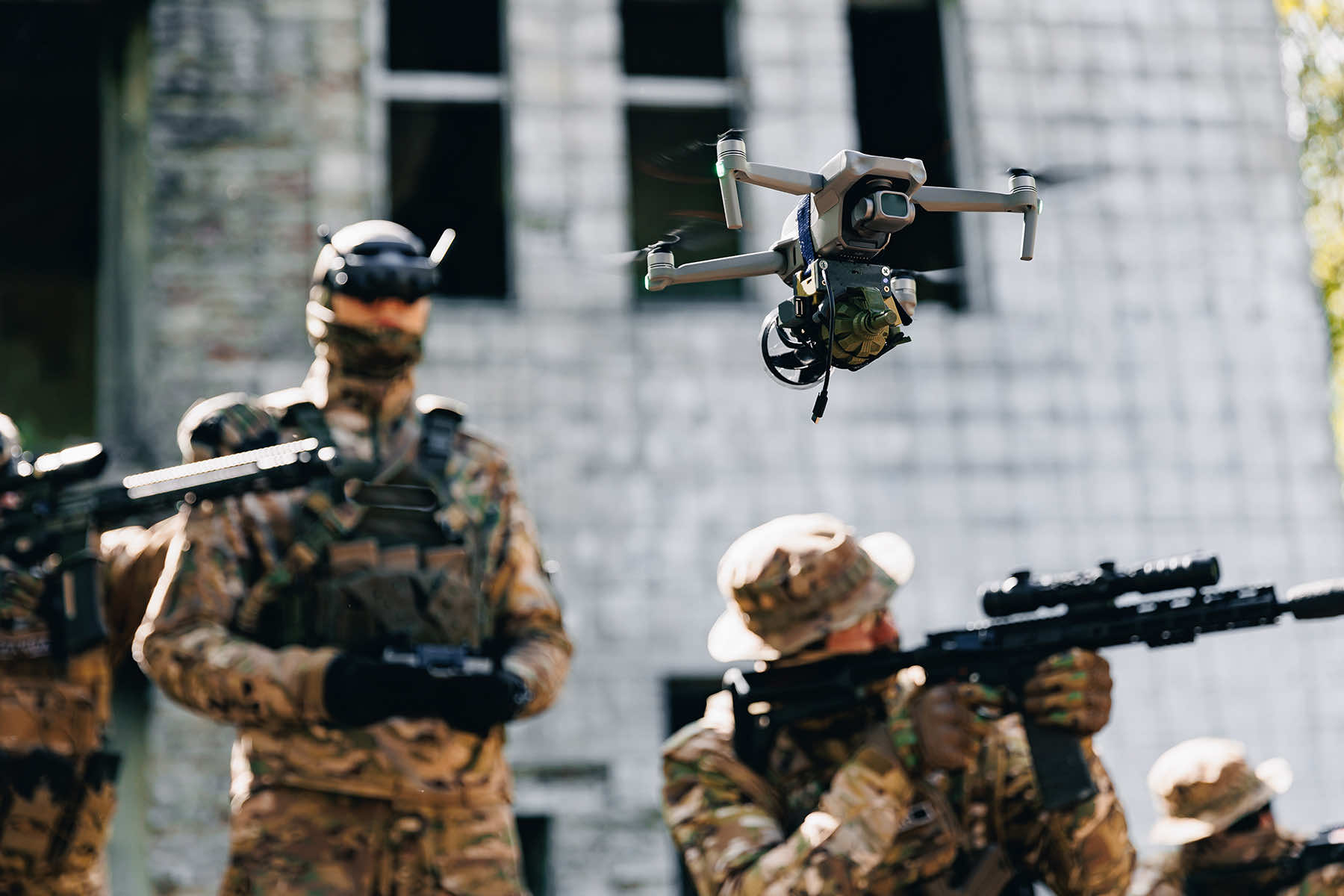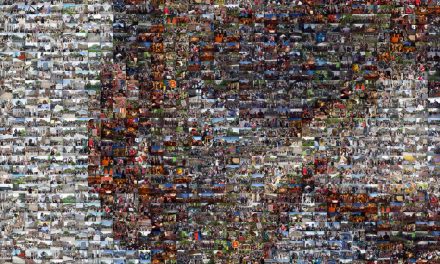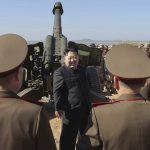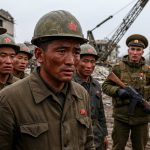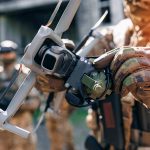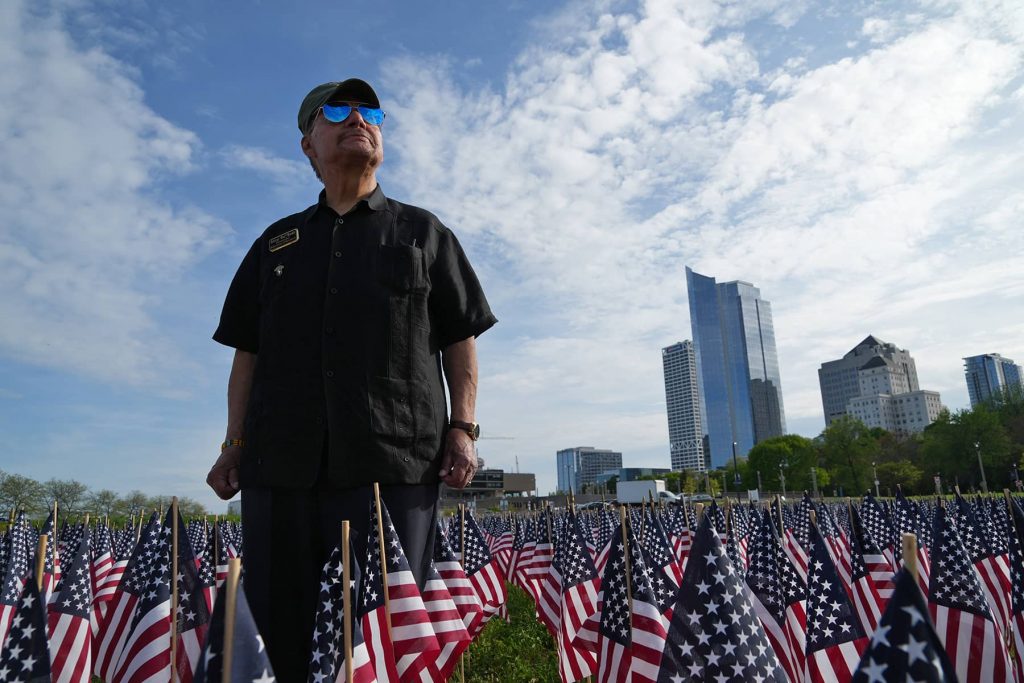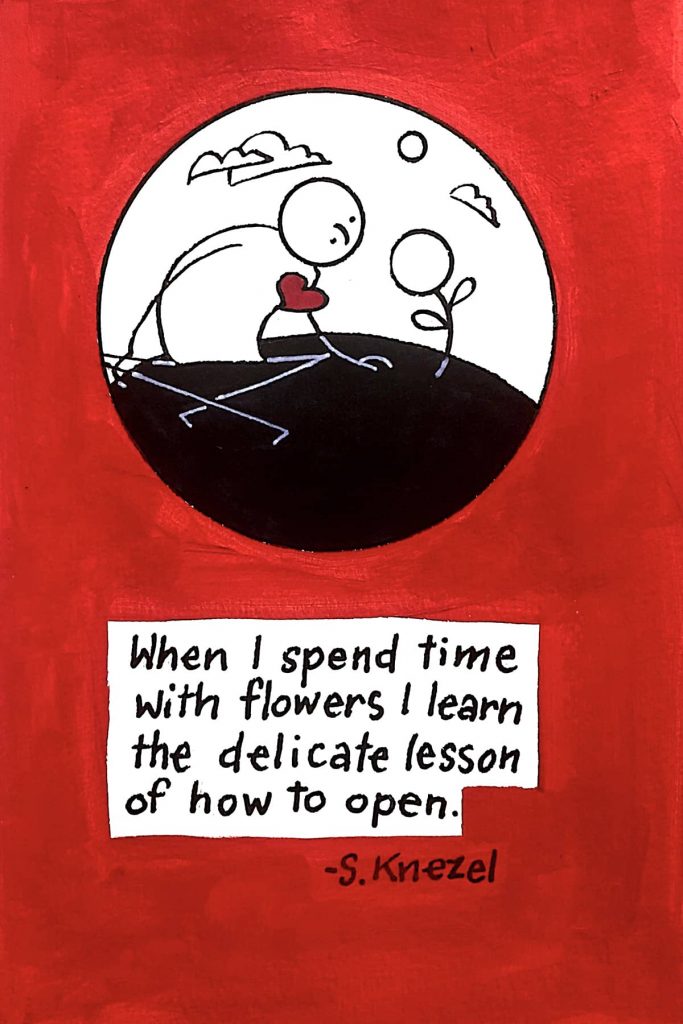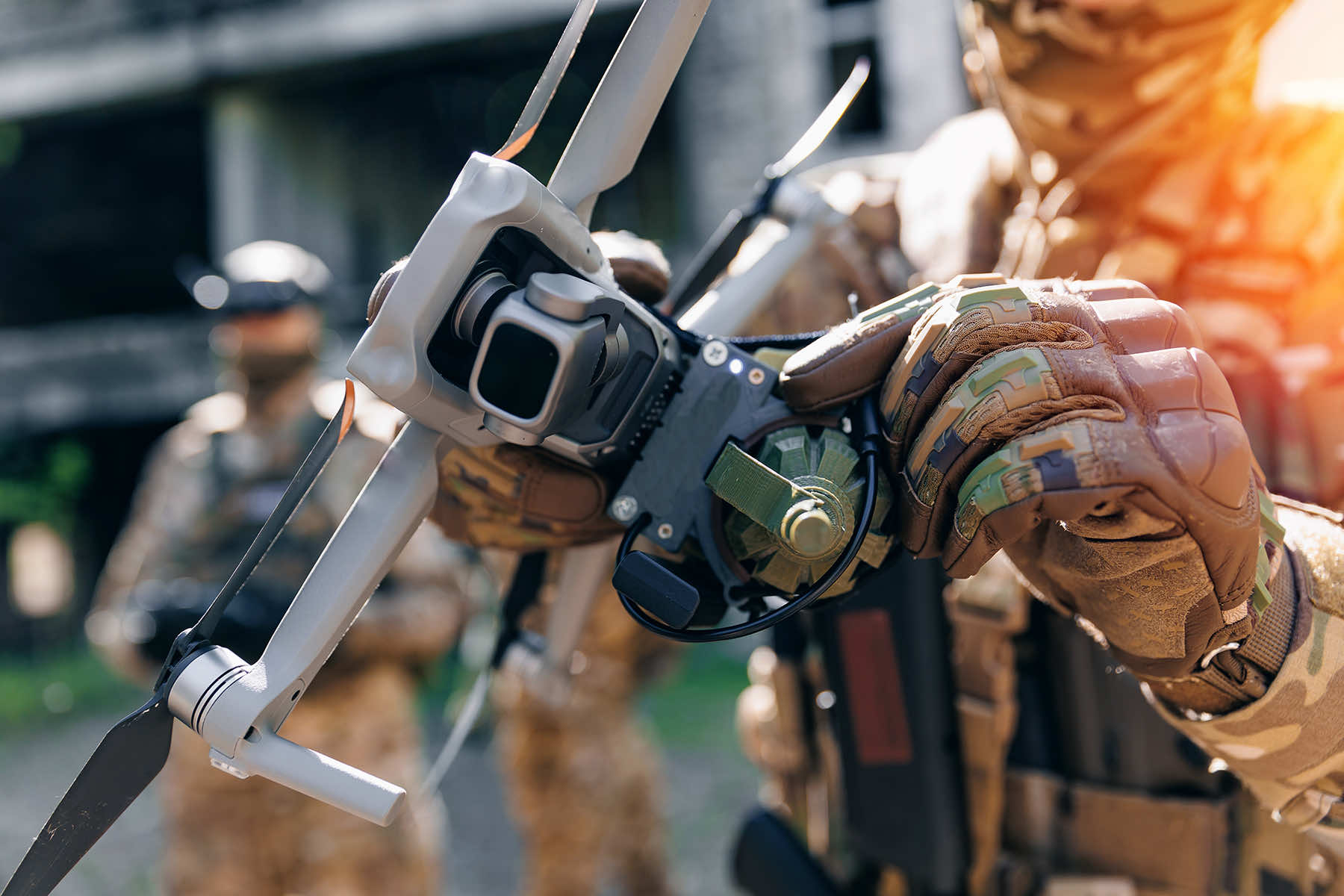
More than three years into a war that was expected to last just days, Ukraine has continued to rewrite the modern military playbook.
Facing a vastly larger and better equipped adversary in Russia, Ukrainian forces have leaned into technological adaptation not simply as a matter of innovation, but of national survival. Among its most startling efforts is the Army of Drones program. It is a nationwide initiative that transforms combat drone operations into a gamified, point-driven system designed to both optimize performance and incentivize lethal precision.
On paper, the premise resembles a multiplayer video game. Ukrainian drone operators are awarded points based on their effectiveness in battle. A successful strike on a Russian tank could yield 40 points, while a hit on a lone infantryman would earn far fewer.
Those points, however, are not merely symbolic. They are directly tied to operational upgrades, resource distribution, and even equipment orders. The better a unit performs under the system, the more tools it receives to continue its efforts. The result is a fully gamified war model. It is rooted in real destruction, real casualties, and a radical new vision of tactical feedback.
The idea first took shape in 2024 within a secret Ukrainian military facility outside Kyiv, where commanders overseeing unmanned warfare realized that incentives were lagging behind potential. While drone technology was progressing rapidly, the human side of the equation, the operators guiding these systems, was still tethered to older military doctrines.
The Army of Drones program changed that. It introduced a fluid scoring system, released team standings, and provided instant feedback that operators could act on in real time. Over the next year, the system expanded quickly.
Points were recalibrated to reflect both target difficulty and real-time strategic needs. When Russian forces began deploying greater numbers of infantry in select zones, the value of infantry kills was doubled across Ukraine’s sprawling front lines.
This flexibility allowed commanders to align incentives with shifting battlefield priorities, redirecting tactical focus without formal dispatches or doctrinal updates. It also turned the work of drone pilots into something closer to live adaptive gaming, with immediate rewards and penalties for every choice.
Ukraine’s broader military has embraced the shift. Tens of thousands of drone operators now participate in the Army of Drones program, relying on a decentralized network of local foundries and startups to produce equipment at scale. According to President Volodymyr Zelensky, the country expects to produce more than 4 million drones in 2025 alone. These range from modified consumer-grade quadcopters to advanced multirotor systems capable of long-range strikes and high-precision payload delivery.
The feedback loop between battlefield performance and resource allocation is driven by Brave 1, a centralized procurement platform that mirrors the structure of in-game marketplaces. Operators with high point totals can order more advanced equipment directly from Ukrainian manufacturers, with leading teams receiving priority access to drones like the heavy-payload Vampire model, capable of carrying munitions up to 15 kilograms.
One elite unit, Maguyar’s Birds, accrued over 16,000 points in recent months, enough to secure hundreds of drones across multiple categories.
Unlike conventional procurement chains that rely on top-down requisitions, Brave 1 allows operators to act almost as tactical consumers. Drone makers respond to real-time demand, scaling production based on operator performance and battlefield trends. The result is a wartime economy that rewards efficiency and adapts quickly to evolving threats, one that circumvents traditional bureaucracy in favor of a combat-driven market.
The scale of impact is measurable. In January 2025 alone, Ukraine’s top 10 drone teams generated point totals equivalent to the destruction of more than 12,000 Russian soldiers and hundreds of armored vehicles. These figures, tracked and reported internally and through platforms, are treated as more than just statistical outcomes. They inform real strategic decisions, including how and where to route supplies, prioritize training, and direct battlefield support.
But for all its tactical success, the Army of Drones program carries deeper implications about the direction of modern warfare and the psychology of those waging it.
Interviews with Ukrainian drone operators routinely acknowledge the strangeness of the system. They speak candidly about the dissonance of tracking real-world kills as point values, of competing for leaderboard rankings in what remains a violent, high-stakes fight for national survival.
These are not idle soldiers sitting in simulation labs. They are active warfighters guiding munitions across contested skies, turning enemy assets into measurable tallies that fuel the next round of engagement.
The moral and philosophical tensions of such a system are unavoidable. While Ukraine’s operators overwhelmingly reject the idea that their work trivializes war, the gamification of combat nonetheless introduces a framework that risks abstracting violence into performance metrics. The leaders behind the program insist that this is simply an extension of pragmatic necessity. In a war where survival depends on ingenuity, there is no time to worry about whether a system feels too much like a game.
As the war drags on, Ukraine’s gamified approach is doing more than reshaping drone operations. It is redefining the military incentive structure itself. The foundational assumption behind the program is simple. Soldiers on the front line are driven by imminent risk and survival. Drone operators, working from bunkers or distant control rooms, often lack that visceral immediacy. The Army of Drones model closes the gap by creating an artificial sense of urgency and reward, a surrogate for the danger-driven motivation of traditional war. That surrogate is proving effective.
Still, the program is not without risk. Ukrainian officials and external observers alike have acknowledged the possibility that such a system could be pushed too far, too fast. Overreliance on drones may invite new vulnerabilities, especially if Russian forces adapt their own tactics to exploit gaps in human engagement.
There are logistical risks as well. Ukraine’s in-war manufacturing ecosystem, while nimble, is shaped by market-like pressures that reward visibility and trend-following. A manufacturer with a niche but valuable product may be overlooked if frontline buyers prioritize familiar options that generate points quickly.
Without structural safeguards to preserve innovation beyond the immediate tactical horizon, Ukraine may sacrifice long-term military R&D for short-term battlefield efficiency.
In a war that has pushed Ukraine to the brink, the military cannot afford the luxury of tradition. Every advantage must be squeezed from every system. The Army of Drones turns drone operators into high-performance assets, not by dehumanizing them, but by acknowledging the reality of their detachment and giving them a system that rewards engagement.
It is less about pretending war is a game, and more about recognizing that modern war already feels like one viewed through screens, mediated by software, and driven by metrics.
What Ukraine has built is not a substitute for combat. It is a filter, one that channels urgency and pressure into precise digital form. And in doing so, it creates a new kind of operator, one who is judged not by proximity to danger, but by results.
Whether other nations will follow remains to be seen. Western military traditions emphasize chain-of-command rigor and a strict division between training tools and combat conduct. But the battlefield is changing, and Ukraine has shown what is possible when old assumptions are set aside.
The Army of Drones is a system born not of theory, but of necessity. It is imperfect, dynamic, and controversial. But it is working. And in a war where survival has always been the metric that matters most, that may be the only score worth tracking.
© Photo
Efrem Lukatsky (AP), Mykola Tys (AP), and Parilov (via Shutterstock)

